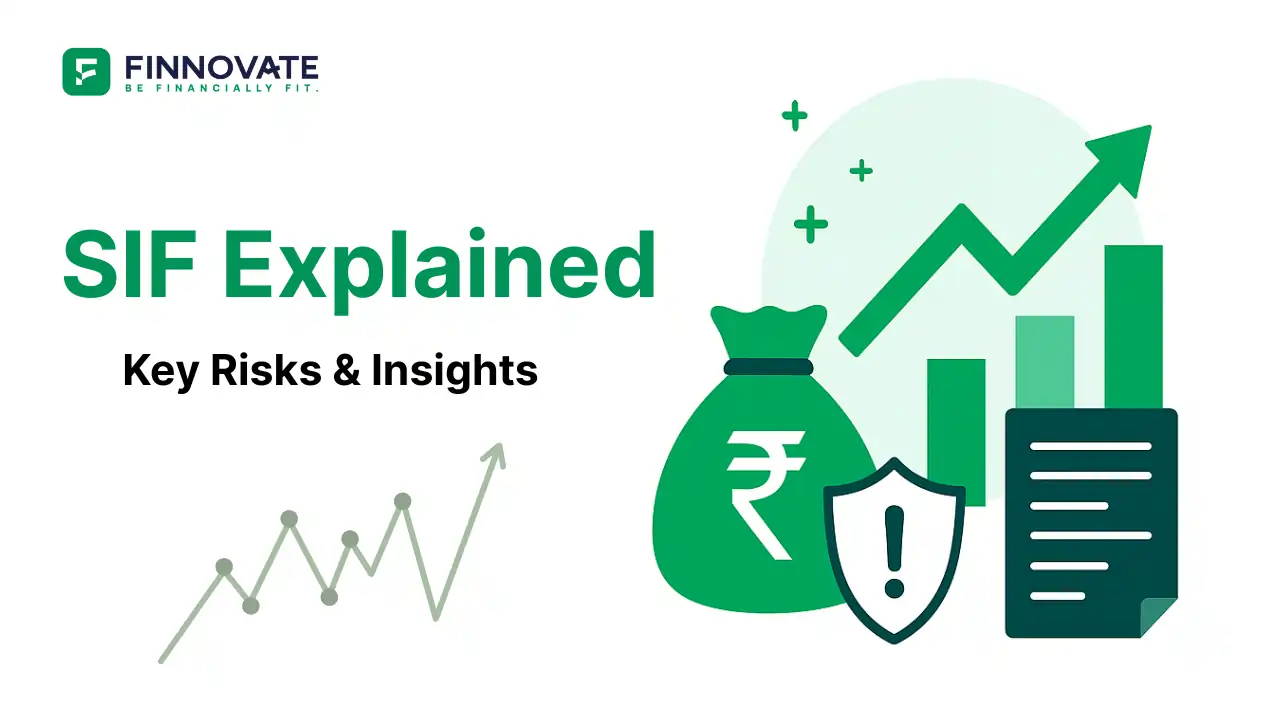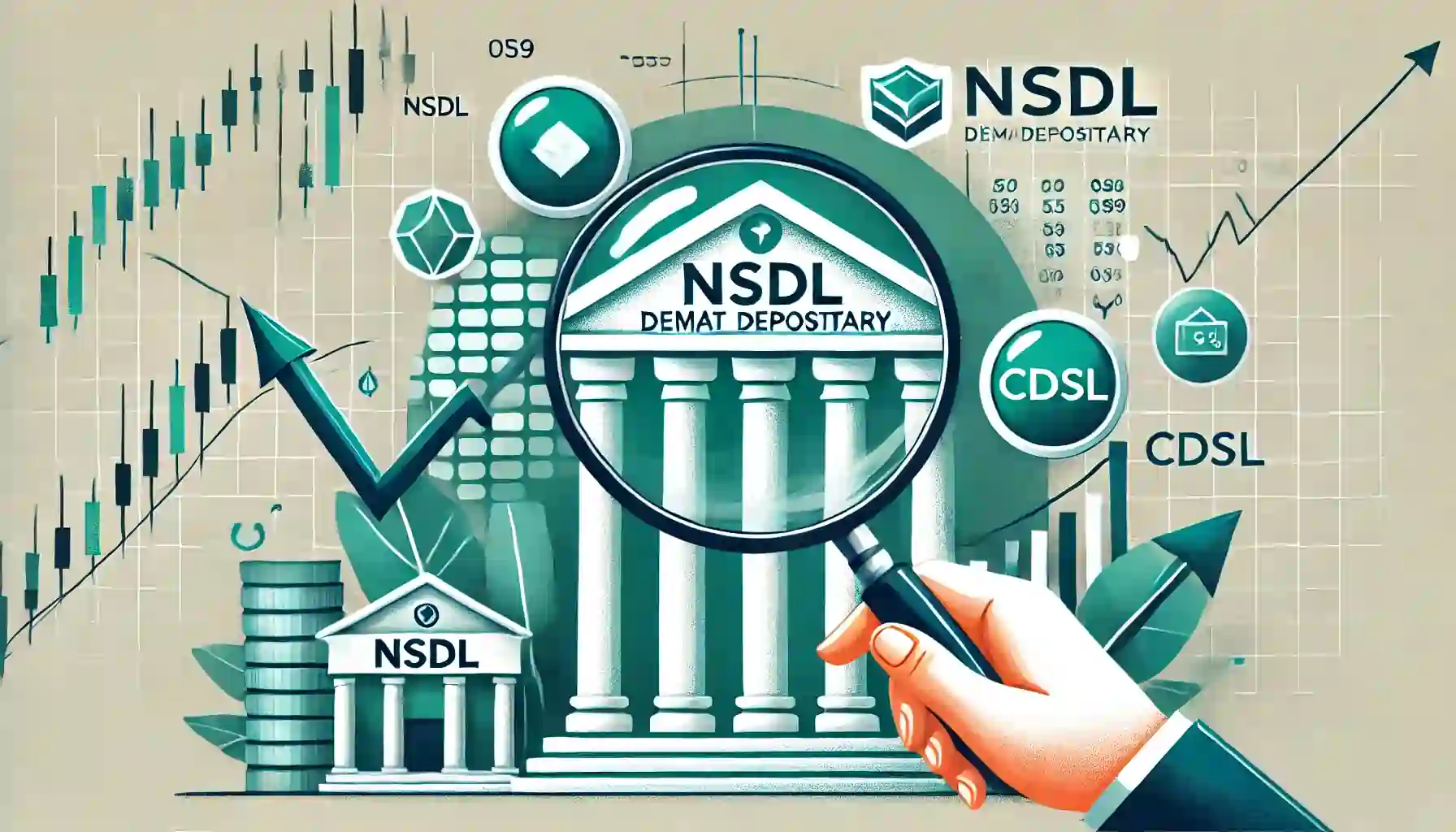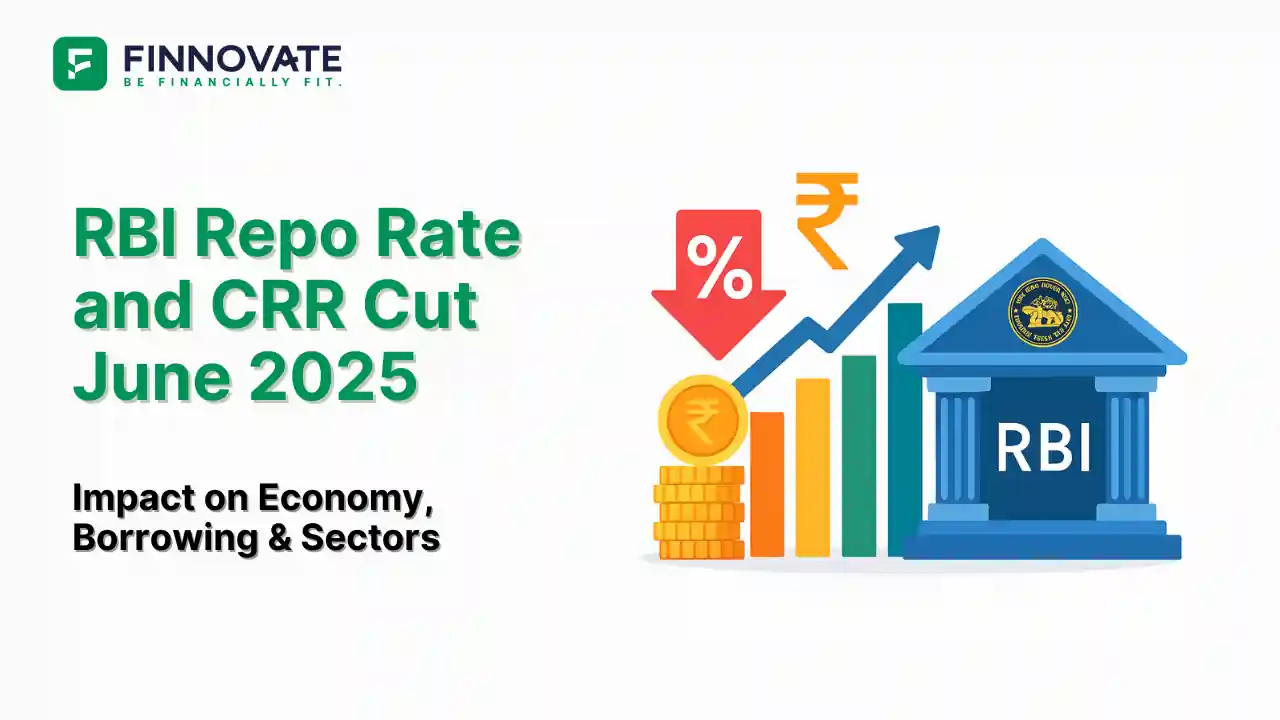India’s IIP Growth Slows to 1.23% in May 2025 Amid Global Trade Uncertainty

By

The Index of Industrial Production (IIP) is a critical macroeconomic indicator, offering insights into the country’s industrial health and demand trends. It measures the output of various sectors such as manufacturing, mining, and electricity. In recent years, the Ministry of Statistics and Programme Implementation (MOSPI) has started releasing IIP data faster, allowing real-time comparison with inflation and other macro indicators.
For May 2025, India’s IIP slowed to 1.23%, compared to 2.57% in April 2025, reflecting both global and domestic pressures, especially in capital expenditure and trade.
| IIP BOOSTING SECTORS | IIP (May-25) | IIP DEPLETING SECTORS | IIP (May-25) |
|---|---|---|---|
| Machinery and equipment | 11.8 | Textiles | -2.7 |
| Rubber and plastic products | 10.0 | Pharmaceuticals, medicines | -3.1 |
| Electrical equipment | 7.6 | Computer, electronic products | -3.4 |
| Non-metallic minerals | 6.9 | Beverages | -4.0 |
| Basic metals | 6.4 | Paper and paper products | -4.1 |
| Motor vehicles, trailers | 6.3 | Chemicals and products | -4.8 |
| Other transport equipment | 6.3 | Leather and related products | -4.9 |
| Tobacco products | 4.1 | Furniture | -6.0 |
| Wearing apparel | 2.4 | Printing and recorded media | -16.3 |
| Wood and products of wood | 2.1 | Other manufacturing | -16.3 |
Data Source: MoSPI
Despite a positive month-on-month (MoM) IIP reading, the year-on-year (YoY) growth remains below historical trends.
Domestic capital expenditure slowed, particularly in the private sector, excluding defence-related spending. Additionally, reciprocal tariffs disrupted global trade flows and raised input costs, further denting industrial output.
The growth in sectors such as machinery, electricals, plastics, and automobiles reflects continued resilience in domestic consumption. These sectors were less reliant on exports and helped support IIP.
On the flip side, sectors like textiles, pharmaceuticals, chemicals, and electronics - which heavily rely on exports - faced sluggish global demand and logistical barriers, leading to negative growth.
The cumulative IIP for April–May 2025 (first two months of FY26) stands at 1.8%, primarily supported by wood products, tobacco, vehicles, and electricals. Drag continues from the media, pharma, and chemical sectors.
The subdued IIP data for May 2025 signals the tightening grip of global uncertainty on India’s manufacturing and export sectors. While domestic consumption is holding ground, the weakness in export-driven industries and a contraction in electricity output are areas of concern.
Going forward, a rebound in global trade sentiment and clarity on tariff regimes will be essential for India’s industrial sector to regain momentum.
Disclaimer: This article is for informational purposes only and does not constitute financial, investment, or professional advice. Readers are advised to consult their advisors before making any financial decisions.

Learn how to easily download your NSDL CAS Statement in PDF format with our step-by-step guide. Follow our instructions to log in to NSDL e-Services, download your account statement, and subscribe for
Read Full
Explore what Specialised Investment Funds (SIFs) are, their benefits, taxation, minimum investment, how to invest, how they compare with mutual funds and PMS and latest developments in SIF space
Read Full
Learn How to Download Your CDSL CAS Statement with our step-by-step guide. Easy instructions for accessing your investment details online.
Read Full
Analyzing the potential economic impact of the 2025 India-Pakistan conflict on India's GDP growth, manufacturing sector, and foreign investment.
Read Full
Looking for the best financial freedom books? Here’s a handpicked 2025 reading list with summaries, why to read, and who it's best for.
Read Full
Clear guide to mutual fund taxation in India for FY 2025–26 after July 2024 changes: equity STCG 20%, LTCG 12.5% with ₹1.25L exemption, debt/hybrid rules, dividends, examples, tables, and FAQs.
Read Full
Determine if your Demat Depositary (DP) is NSDL or CDSL easily. Follow our guide to check using broking platforms or Demat account number formats
Read Full
RBI cuts repo rate by 50 bps and CRR by 100 bps in June 2025 to boost growth. Learn how it impacts inflation, borrowing, sectors, and market trends.
Read Full